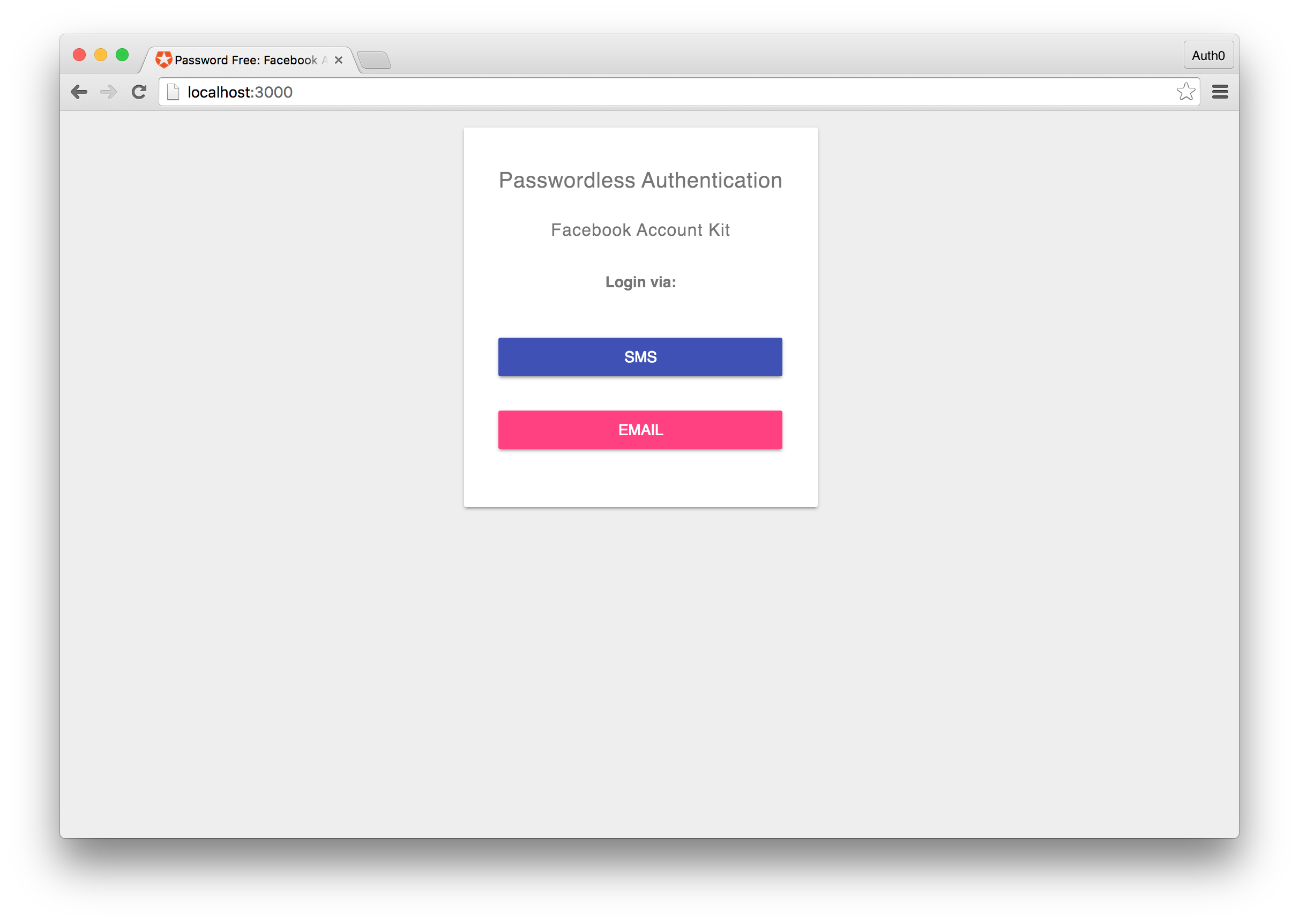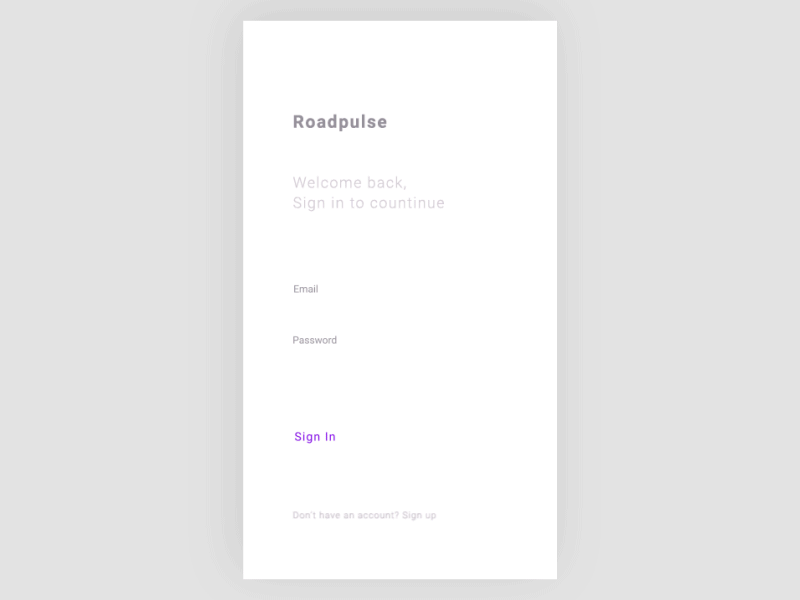
- LOGIN TO USER PROFILE SAMPLE PAGE HOW TO
- LOGIN TO USER PROFILE SAMPLE PAGE CODE
However, in this article, we're going to use Django's "stock" authentication views and forms for our login and logout pages. The authentication system is very flexible, and you can build up your URLs, forms, views, and templates from scratch if you like, just calling the provided API to log in the user. We'll use the authentication/permissions to display lists of books that have been borrowed for both users and librarians.
LOGIN TO USER PROFILE SAMPLE PAGE HOW TO
In this tutorial, we'll show you how to enable user authentication in the LocalLibrary website, create your own login and logout pages, add permissions to your models, and control access to pages. For example, throttling of login attempts and authentication against third parties (e.g. Solutions for some common problems are available as third-party packages. Note: According to Django the authentication system aims to be very generic, and so does not provide some features provided in other web authentication systems.
LOGIN TO USER PROFILE SAMPLE PAGE CODE
Solve common problems in your JavaScript code. Express Tutorial Part 7: Deploying to production.  Express Tutorial Part 6: Working with forms. Express Tutorial Part 5: Displaying library data. Express Tutorial Part 4: Routes and controllers. Express Tutorial Part 3: Using a Database (with Mongoose). Express Tutorial Part 2: Creating a skeleton website. Express Tutorial: The Local Library website. Setting up a Node development environment. Express web framework (Node.js/JavaScript). Express Web Framework (node.js/JavaScript). Django Tutorial Part 11: Deploying Django to production. Django Tutorial Part 10: Testing a Django web application. Django Tutorial Part 9: Working with forms. Django Tutorial Part 8: User authentication and permissions. Django Tutorial Part 7: Sessions framework. Django Tutorial Part 6: Generic list and detail views. Django Tutorial Part 5: Creating our home page. Django Tutorial Part 4: Django admin site. Django Tutorial Part 2: Creating a skeleton website. Django Tutorial: The Local Library website. Setting up a Django development environment. Server-side website programming first steps. Setting up your own test automation environment. Building Angular applications and further resources. Advanced Svelte: Reactivity, lifecycle, accessibility. Dynamic behavior in Svelte: working with variables and props. Vue conditional rendering: editing existing todos. Adding a new todo form: Vue events, methods, and models. Ember Interactivity: Footer functionality, conditional rendering. Ember interactivity: Events, classes and state. Ember app structure and componentization. React interactivity: Editing, filtering, conditional rendering. Understanding client-side web development tools. MathML - Writing mathematics with MathML. Performance - Making websites fast and responsive. Assessment: Accessibility troubleshooting. CSS and JavaScript accessibility best practices.
Express Tutorial Part 6: Working with forms. Express Tutorial Part 5: Displaying library data. Express Tutorial Part 4: Routes and controllers. Express Tutorial Part 3: Using a Database (with Mongoose). Express Tutorial Part 2: Creating a skeleton website. Express Tutorial: The Local Library website. Setting up a Node development environment. Express web framework (Node.js/JavaScript). Express Web Framework (node.js/JavaScript). Django Tutorial Part 11: Deploying Django to production. Django Tutorial Part 10: Testing a Django web application. Django Tutorial Part 9: Working with forms. Django Tutorial Part 8: User authentication and permissions. Django Tutorial Part 7: Sessions framework. Django Tutorial Part 6: Generic list and detail views. Django Tutorial Part 5: Creating our home page. Django Tutorial Part 4: Django admin site. Django Tutorial Part 2: Creating a skeleton website. Django Tutorial: The Local Library website. Setting up a Django development environment. Server-side website programming first steps. Setting up your own test automation environment. Building Angular applications and further resources. Advanced Svelte: Reactivity, lifecycle, accessibility. Dynamic behavior in Svelte: working with variables and props. Vue conditional rendering: editing existing todos. Adding a new todo form: Vue events, methods, and models. Ember Interactivity: Footer functionality, conditional rendering. Ember interactivity: Events, classes and state. Ember app structure and componentization. React interactivity: Editing, filtering, conditional rendering. Understanding client-side web development tools. MathML - Writing mathematics with MathML. Performance - Making websites fast and responsive. Assessment: Accessibility troubleshooting. CSS and JavaScript accessibility best practices.  Accessibility - Make the web usable by everyone.
Accessibility - Make the web usable by everyone. 
CSS property compatibility table for form controls.Adding features to our bouncing balls demo.Making decisions in your code - conditionals.Basic math in JavaScript - numbers and operators.Storing the information you need - Variables.What went wrong? Troubleshooting JavaScript.JavaScript - Dynamic client-side scripting.Typesetting a community school homepage.HTML table advanced features and accessibility.From object to iframe - other embedding technologies.







 0 kommentar(er)
0 kommentar(er)
